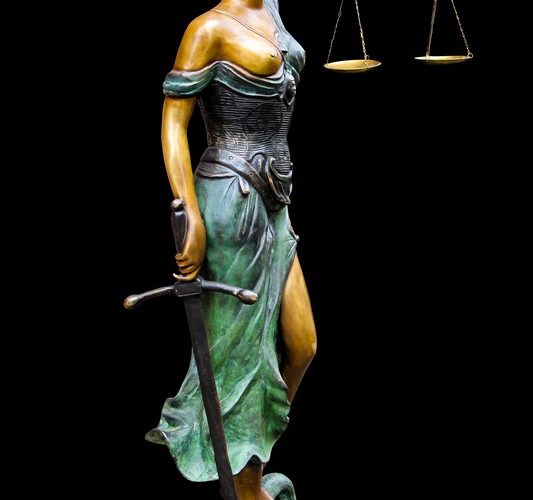Source curia
On Sept 17, 1997, the ECJ decided in the case C-141/96 Bernhard Langhorst.
Decision
- Article 22(3)(c) of the Sixth Council Directive 77/388/EEC of 17 May 1977 on the harmonization of the laws of the Member States relating to turnover taxes. Common system of value added tax: uniform basis of assessment, authorizes Member States to regard a credit note issued by the recipient ofthe goods or services as a ‘document serving as an invoice, where it includes the information prescribed for invoices by that directive, it is drawn up with the agreement of the taxable person who supplies the goods or services, and the latter is able to contest the amount of value added taxmentioned.
- A taxable person who has not contested the mention, in a credit noteserving as an invoice, of an amount of value added tax greater than thatowed by reason of taxable transactions may be regarded as the person whohas mentioned that amount, and is consequently liable to pay the amountshown, within the meaning of Article 21(1)(c) of the Sixth Directive.
Facts
- Mr Langhorst, a farmer, declared his turnover for 1985, after having elected to be taxed at the rate of 7% instead of the rate of 13%.
- Unaware of that fact, livestock dealers whom Mr Langhorst had supplied with fatpigs issued him with credit notes which mentioned separately VAT calculated at 13%. Mr Langhorst did not at first contest the amount of VAT mentioned in the credit notes.
- Mr Langhorst subsequently brought proceedings in the NiedersächsischesFinanzgericht (Finance Court of Lower Saxony), which gave judgment reducing the amount of VAT.
- The Bundesfinanzhof considers that the reduction of VAT was calculated correctly by the Niedersächsisches Finanzgericht, but that theFinanzamt’s appeal could nevertheless be upheld if Mr Langhorst had to pay the total amount of VAT mentioned separately in the credit notes, including the additional amounts which were not justified by the taxable transactions.
- The Bundesfinanzhof observes, however, that the person solely liable for the higher amount of tax the trader who has mentioned the higher amount of VAT separately in an invoice. In the present case, however, it was not the supplier, Mr Langhorst, who issued the document which indicated a higher amount of VAT but his customers, the livestock merchants. The Bundesfinanzhof also states that in so far as the creditnotes issued by the livestock merchants are deemed to be invoices, thus allowing them to deduct an amount of VAT which is notin fact justified, it could be argued that Mr Langhorst is liable for that amount of VAT, since he did not contest it.
- The Bundesfinanzhof is uncertain whether any person who mentions VAT on an invoice or other document serving as an invoice is liable to pay VAT, and which gives the Member States power to determine the criteria under which a document may serve as an invoice, but does not expressly state that credit notes issued by customers may be treated as invoices issued by the taxableperson.
Questions raised to ECJ
- The Bundesfinanzhof accordingly stayed the proceedings and referred thefollowing questions to the Court for a preliminary ruling:
‘1. Is it permissible under Article 22(3)(c) of the Sixth Council Directive77/388/EEC of 17 May 1977 on the harmonization of the laws of theMember States relating to turnover taxes for a credit note within themeaning of Paragraph 14(5) of the Umsatzsteuergesetz 1980 to be regardedas an invoice or other document serving as an invoice (Article 21(1)(c) ofthe Sixth Directive)?
2. If so, is it permissible under Article 21(1)(c) of the Sixth Directive for aperson who accepts a credit note showing a higher amount of tax than thatowed by reason of taxable transactions, and does not contest in that respectthe amount of tax mentioned in the credit note, to be regarded as a personwho mentions value added tax in an invoice or other document serving asan invoice and is therefore liable to pay that value added tax?
3. Can the recipient of a credit note, in the circumstances set out in Question2, rely on Article 21(1)(c) of the Sixth Directive if the value added taxmentioned in the credit note is claimed from him as a tax debt to the extentof the difference between the tax mentioned and the tax owed by reason oftaxable transactions?















